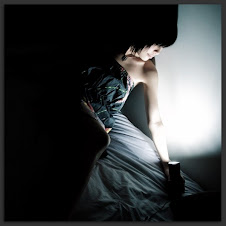At the exhibition, someone asked me "so what do you think of claystation?"
I think it's something that we don't get to do very often, just like my project for mapping K'Road fashion, exploring conceptual idea for a long period of time seems to be a luxury thing for architectural student. we do that for the beginning of every design topic off course, but after that, the final product has to be architectural, has to be resolved.
This course is refreshing because it is conceptual, and allowed us to enjoy it, learning how to learn (the process) .
Through my project of mapping , I had the opportunity to talk to over 50 strangers on K'Road, and get their response to my project.
From the simple action of drawing yourself, it's breaking the " I can't draw " or "I'm not pretty" or " I'm not fashionable" walls. And personally I think it can be repeated anywhere, everyone can draw! probably not like an artist, but everyone can draw! just like the idea of making buildings out of clay, everyone can draw themselves on a piece of paper.
If you look at some of the drawing, there are animals and robots and non- human creatures. some people are quite self-conscious and only showed a little bit of themselves. some people even had the idea of a jumper with all these photos printed on, but instead of strangers, you could "wear" your family and friends.
This project opened my eyes and hopefully those of the gallery patrons to the diversity of K'Road, and to the diversity of people in general - a simple exercise in surveying, drawing and displaying has revealed the depth of character in the participants.
Thursday, October 30, 2008
Subscribe to:
Post Comments (Atom)


1 comment:
Hi Chloe,
You write with enthusiasm and a sense of fun and engagement with the world permeates your project. Your attempt to map subjective, personal values gives a richness to the "data" you collected. I appreciate the way in which your work is inclusive, and you talk about breaking down social barriers in the process of gathering material. These are very commendable outcomes in their own right.
The dilemma comes when this data is then formatted as a mapping. Where most maps rely on a reductive process to communicate clearly, this becomes difficult with your open, inclusive material. How do you do about organising and strategising your data? Is there a way to filter and frame it? What is that we learn from your work?
While I agree it was a good decision to not simply join these pieces into a dress, I wonder if simply arranging them in a line to represent K'Rd takes the mapping far enough. The colour tags on each drawing don't seem to code another level of data, and I'm not sure what the various orientations of people indicate.
I guess the piece communicates a general sense of fun, energy, creativity and diversity, but I think the challenge with this project is to draw out a more detailed understanding of how K'Rd generates this atmosphere.
chris
Post a Comment